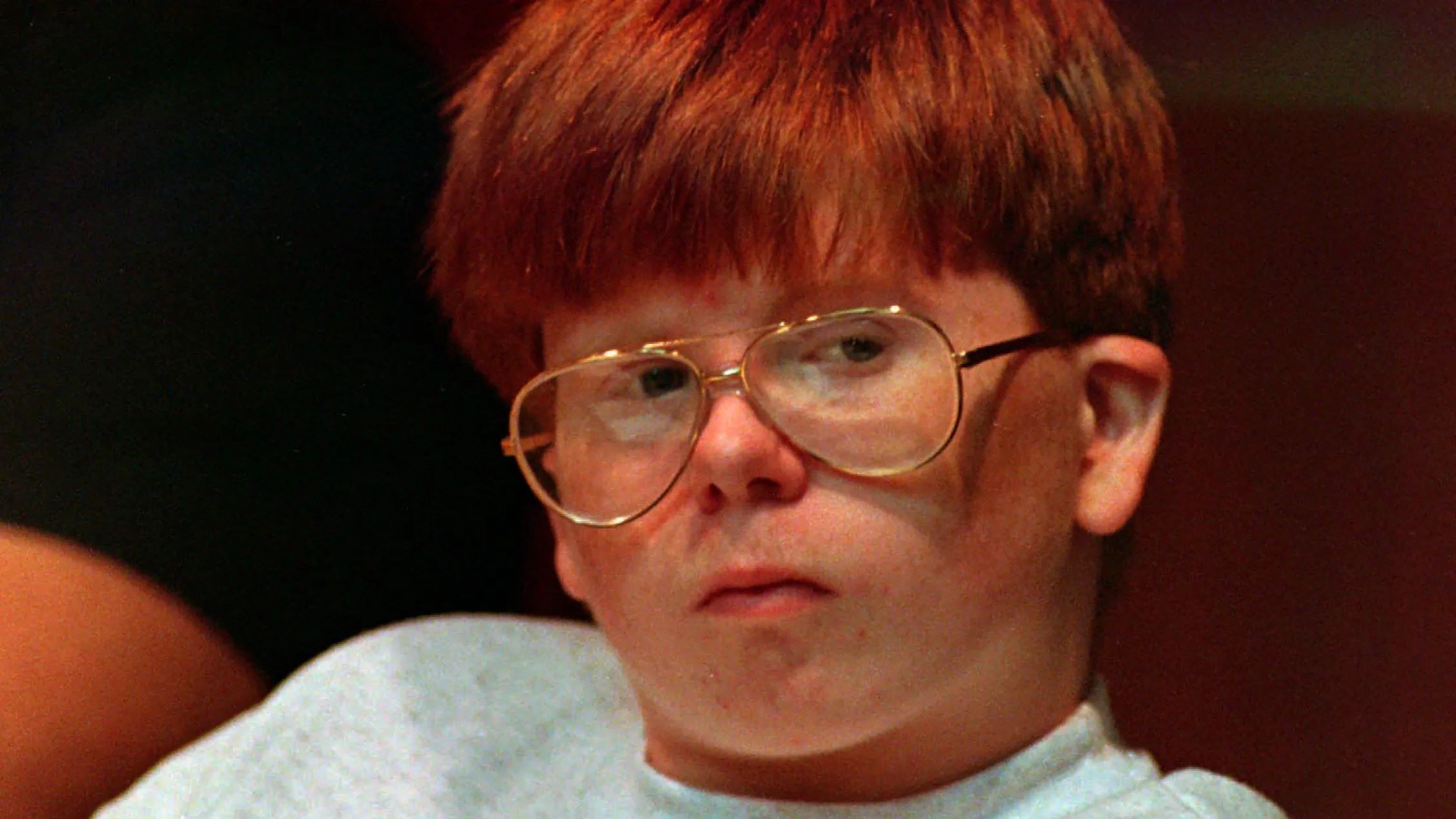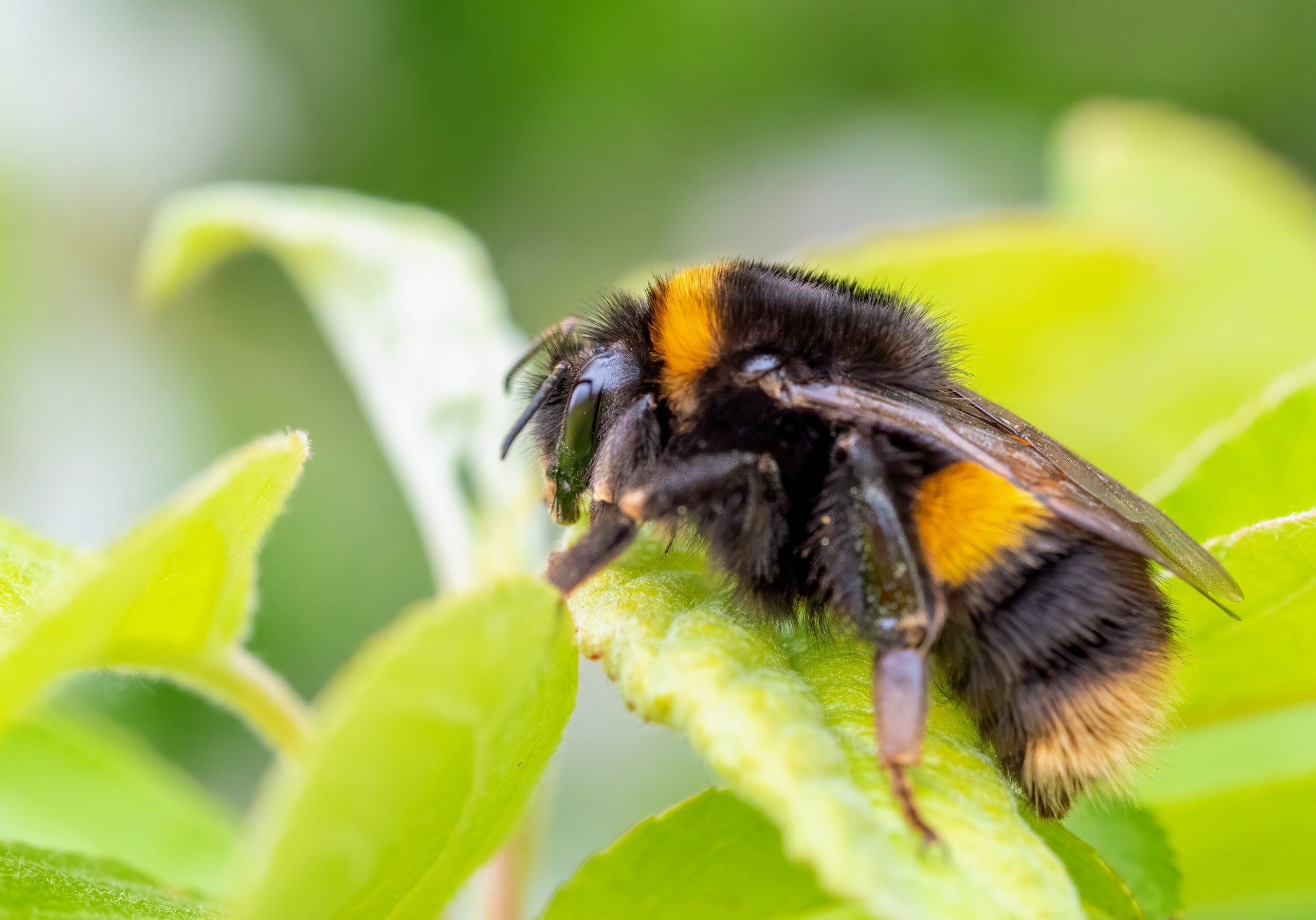
Child murderers are a chilling and deeply unsettling topic. These cases often leave communities in shock and disbelief, raising countless questions about what drives young individuals to commit such heinous acts. Understanding the psychology behind these tragic events can offer some insight, though it rarely provides full closure. This blog post delves into 35 startling facts about child murderers, shedding light on their backgrounds, motives, and the societal impacts of their actions. From infamous cases to lesser-known incidents, these facts aim to provide a comprehensive overview of a subject that is as complex as it is disturbing. Prepare to be informed and perhaps even surprised by what you learn.
Key Takeaways:
- Child murderers often have troubled backgrounds and psychological issues, leading to their violent actions. Understanding and addressing these factors is crucial for prevention and rehabilitation.
- Society can help prevent child murders through early intervention, mental health support, education, community involvement, and research to understand the causes and develop effective prevention strategies.
Understanding Child Murderers
Child murderers are a deeply unsettling topic. These individuals, often young themselves, commit acts that shock society. Here are some chilling facts about child murderers.
-
Mary Bell was only 11 when she killed two boys in 1968. Her case remains one of the most infamous in British history.
-
Jon Venables and Robert Thompson were both 10 when they abducted and murdered 2-year-old James Bulger in 1993. This case horrified the UK.
-
Jesse Pomeroy, known as the "Boston Boy Fiend," was 14 when he was convicted of murder in the 1870s. His crimes included torturing and killing young children.
-
Lionel Tate became the youngest American sentenced to life without parole at age 13 for the murder of a 6-year-old girl in 1999.
-
Eric Smith was 13 when he killed a 4-year-old boy in 1993. His red hair and freckles made his appearance seem innocent, masking his violent tendencies.
Psychological Profiles
Understanding the psychological makeup of child murderers can provide insight into their actions. Here are some key psychological facts.
-
Many child murderers exhibit conduct disorders early in life, showing patterns of aggressive or antisocial behavior.
-
Psychopathy is often present in child murderers, characterized by a lack of empathy, remorse, and guilt.
-
Trauma and abuse are common backgrounds for child murderers. Many have experienced severe physical, emotional, or sexual abuse.
-
Mental illness can play a significant role. Conditions like schizophrenia or bipolar disorder are sometimes diagnosed in these individuals.
-
Environmental factors, such as growing up in violent or neglectful homes, contribute to the development of violent behaviors.
Famous Cases
Some child murderers have become infamous due to the nature of their crimes and the media coverage they received. Here are a few notable cases.
-
Peter Woodcock was a Canadian serial killer who began his violent acts as a teenager in the 1950s.
-
Craig Price was 15 when he murdered his neighbor and her two daughters in 1989. He later confessed to another murder.
-
Joshua Phillips was 14 when he killed his 8-year-old neighbor in 1998. He hid her body under his bed for a week.
-
Alyssa Bustamante was 15 when she killed a 9-year-old girl in 2009. She later admitted to wanting to know what it felt like to kill someone.
-
Graham Young, known as the "Teacup Poisoner," began poisoning family members at age 14 in the 1960s.
Legal Consequences
The legal system often struggles with how to handle child murderers. Here are some facts about the legal consequences they face.
-
In many countries, child murderers are tried as juveniles, which can result in lighter sentences.
-
Some child murderers are tried as adults, leading to harsher penalties, including life imprisonment.
-
Rehabilitation programs are sometimes offered to child murderers, focusing on therapy and education.
-
Parole is a possibility for some child murderers, depending on their behavior and rehabilitation progress.
-
Public opinion often influences the legal outcomes for child murderers, with many people advocating for harsher punishments.
Rehabilitation and Recidivism
Rehabilitation efforts aim to prevent child murderers from reoffending. Here are some facts about these efforts and their effectiveness.
-
Therapeutic programs focus on addressing the underlying psychological issues that led to the violent behavior.
-
Education and vocational training are provided to help child murderers build a future outside of crime.
-
Recidivism rates for child murderers vary, with some studies showing lower rates compared to adult offenders.
-
Support systems, such as family and community involvement, play a crucial role in successful rehabilitation.
-
Monitoring and supervision are often required for child murderers upon release to ensure they do not reoffend.
Societal Impact
The actions of child murderers have a profound impact on society. Here are some ways these crimes affect communities.
-
Media coverage of child murder cases can lead to widespread fear and outrage.
-
Victims' families often experience long-term trauma and grief.
-
Community trust can be eroded, especially if the murderer is from the same area.
-
Policy changes sometimes occur in response to high-profile child murder cases, leading to stricter laws and regulations.
-
Public awareness campaigns may be launched to educate people about the signs of potential violent behavior in children.
Prevention Efforts
Preventing child murders is a critical goal for society. Here are some facts about prevention efforts.
-
Early intervention programs aim to identify and address behavioral issues in children before they escalate.
-
Mental health services are crucial in providing support to at-risk children and their families.
-
Education programs teach children about empathy, conflict resolution, and the consequences of violent behavior.
-
Community involvement can help create a supportive environment for at-risk children.
-
Research and data collection are essential for understanding the causes of child murder and developing effective prevention strategies.
Final Thoughts on Child Murderers
Understanding child murderers is crucial for society. These tragic cases often stem from complex backgrounds involving abuse, neglect, or mental health issues. By recognizing these factors, we can work towards prevention and support for at-risk youth.
Education, mental health resources, and community support play vital roles in addressing these issues. Early intervention can make a significant difference in a child's life, potentially steering them away from a path of violence.
It's important to remember that each case is unique. While some children commit heinous acts, many others can be helped with the right support. Society must focus on creating environments where children feel safe, valued, and understood.
By doing so, we can reduce the number of child murderers and create a safer, more compassionate world for everyone.
Frequently Asked Questions
Was this page helpful?
Our commitment to delivering trustworthy and engaging content is at the heart of what we do. Each fact on our site is contributed by real users like you, bringing a wealth of diverse insights and information. To ensure the highest standards of accuracy and reliability, our dedicated editors meticulously review each submission. This process guarantees that the facts we share are not only fascinating but also credible. Trust in our commitment to quality and authenticity as you explore and learn with us.


